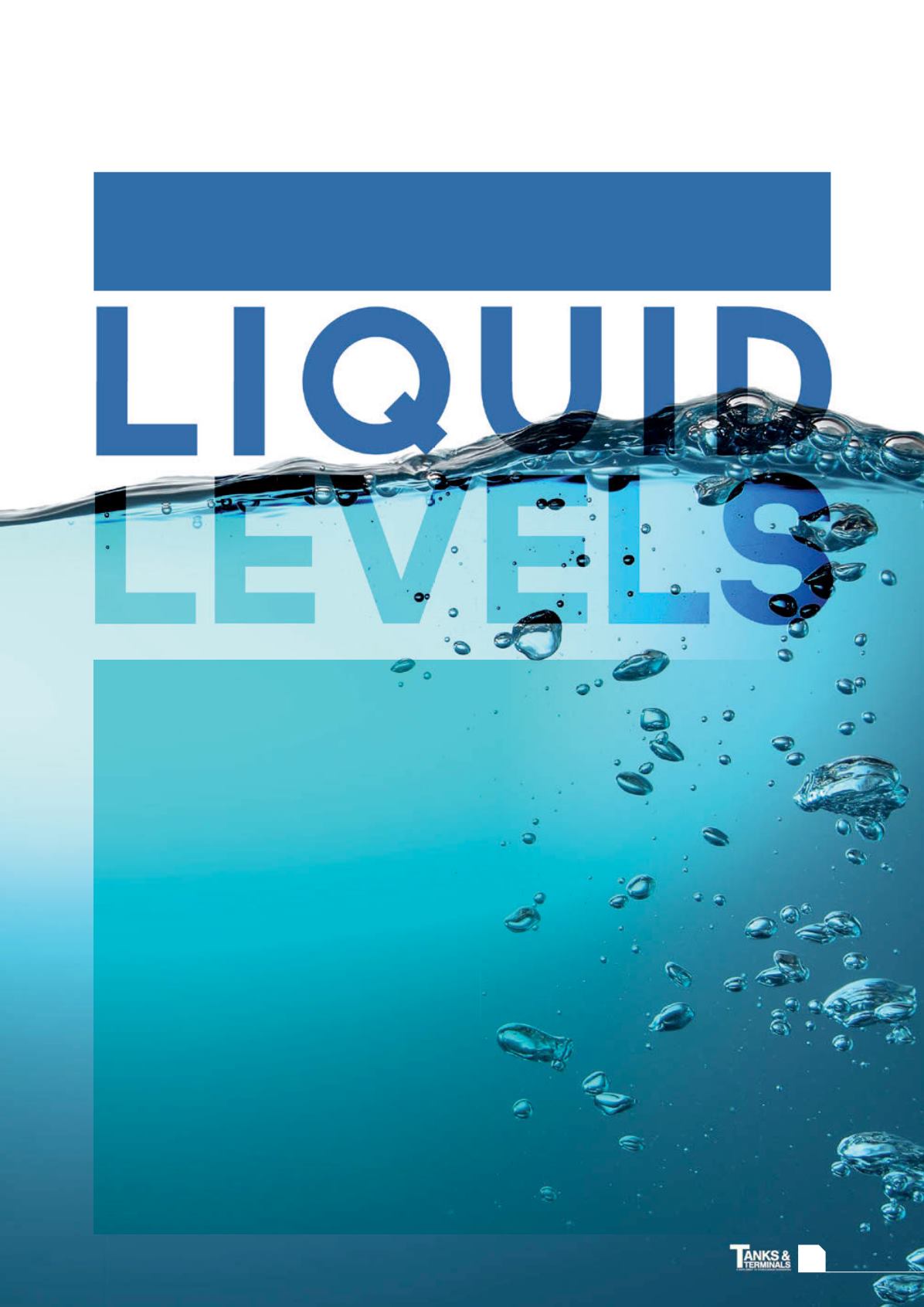
47
HYDROCARBON
ENGINEERING
W
ith a great deal of effort being made to ensure that
global fuel resources are not unnecessarily depleted,
increased emphasis is being placed on fully utilising
existing assets and, wherever possible, minimising fuel
wastage. Every year, incorrect fuelling leads to many millions of
litres of contaminated fuel being created. In the UK alone, there are
somewhere in the region of 130 000 - 150 000 cases of this
annually, resulting in a staggering £50 million worth of vehicle
repairs being required. Once flushed out, this contaminated fuel (as
well as fuel collected from other sources) can still be of value. It
can be processed and subsequently brought back onto the market,
thereby combatting the current wastage problem.
Case study
Handling several millions of litres of reclaimed fuel each year,
Refuels Ltd is recognised as the UK’s largest mixed fuels recovery
operation. It has an expansive network of more than 20 locations
across the country. The company is involved in numerous activities
relating to the reclaiming and repurposing of fuel assets. There are
a wide variety of different sources for this fuel – road side
assistance units, car dealerships, workshops, garages and end-of-life
vehicle centres, plus mobile fuel evacuation operators, being some
of the most common.
Asset management
Refuels is constantly looking for ways to make its business
operations more efficient and heighten productivity. To this end, it
recently set about upgrading its operational support infrastructure.
Partnering with software solutions provider InfoSoft NI, the
Carolin Wrede, MTS Sensors, Europe,
describes how storage tank
operators can improve the effectiveness of fuel management by
using sophisticated liquid level transmitter technology.
Looking at


